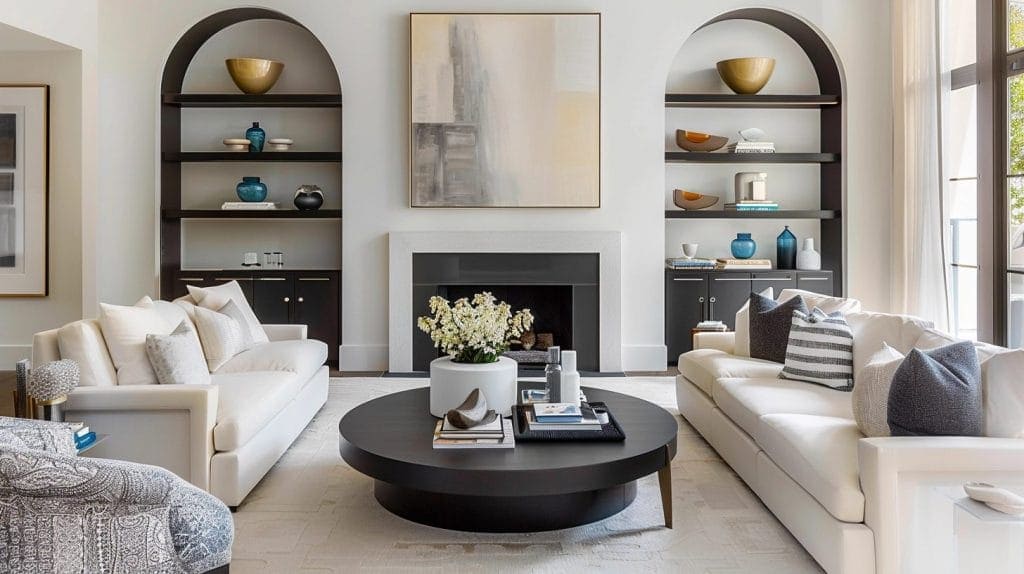Introduction
Adobe style homes, with their rich historical roots and distinct architectural features, have long captured the imagination of homeowners and architects alike. Originating from the southwestern United States, particularly in regions influenced by Spanish and Native American cultures, these homes are celebrated for their earth-toned aesthetics and natural building materials. As we move further into the 21st century, there’s a growing trend to blend the timeless charm of adobe architecture with modern amenities and comfort. This article delves into the unique attributes of adobe style homes, explores their historical significance, and examines how contemporary design elements are being seamlessly integrated to create homes that are both beautiful and functional.
The Historical Significance of Adobe Architecture
Adobe architecture traces its origins back thousands of years. The term “adobe” itself comes from the Spanish word “adobar,” which means “to plaster.” Historically, adobe was a primary building material used by indigenous peoples in arid regions of the world, notably the American Southwest, parts of Mexico, and Spain. The traditional adobe brick is made from a mixture of clay, water, and straw, molded into bricks, and dried in the sun.
This building method was ideal for hot, dry climates because of its excellent thermal properties. Adobe walls, typically thick, act as natural insulators, keeping homes cool during the day and warm at night. The use of local, natural materials also meant that adobe homes were sustainable long before sustainability became a global concern.
Adobe homes often featured flat roofs, rounded edges, and soft contours that blended harmoniously with the surrounding landscape. The simplicity and earthiness of the materials used provided a strong connection to nature, a principle that continues to resonate with homeowners today.
Key Features of Adobe Style Homes
Natural Materials and Earth Tones
One of the most distinguishing features of adobe style homes is their use of natural materials. Adobe bricks, wood, and stone are commonly used, giving these homes their characteristic earthy look. The color palette is typically dominated by warm, earthy tones like browns, beiges, and tans, which help the homes blend seamlessly into their natural surroundings.
Thick Walls and Rounded Edges
The thick walls of adobe homes are not just a stylistic choice but also a functional one. These walls provide excellent insulation, making the homes energy-efficient. The rounded edges and smooth contours of the walls create a soft, organic look that is both inviting and calming.
Flat Roofs and Vigas
Adobe homes often feature flat roofs, supported by wooden beams known as vigas. These vigas are usually exposed on the interior, adding to the rustic charm of the home. The flat roofs are practical in arid climates, allowing for easy collection of rainwater and less maintenance compared to sloped roofs.
Courtyards and Outdoor Living Spaces
Given their origins in warm climates, adobe homes typically include courtyards and outdoor living spaces. These areas are designed to be extensions of the indoor living spaces, often featuring gardens, fountains, and shaded areas for relaxation and entertainment.
Modern Comforts in Adobe Style Homes
While the traditional elements of adobe homes are cherished, modern adobe style homes incorporate contemporary design features and amenities to enhance comfort and functionality. This fusion of old and new creates a living environment that respects tradition while embracing modernity.
Sustainable and Eco-Friendly Design
Sustainability is a core principle of adobe architecture, and modern adobe homes take this to the next level. Energy-efficient windows, solar panels, and advanced insulation techniques are commonly integrated to reduce the carbon footprint. The use of locally source materials continues to be a priority, ensuring that the environmental impact is minimize.
Open Floor Plans and Natural Light
Contemporary adobe homes often feature open floor plans that enhance the flow of natural light. Large windows and skylights are strategically place to maximize sunlight, reducing the need for artificial lighting during the day. This not only creates a bright and airy atmosphere but also promotes a sense of connection with the natural environment.
Modern Amenities and Smart Home Technology
Modern adobe homes are equippe with all the amenities expect in a contemporary home. This includes state-of-the-art kitchens, luxurious bathrooms, and smart home technology that allows for easy control of lighting, temperature, and security systems. These features provide the comfort and convenience that modern homeowners seek, without compromising the traditional adobe aesthetic.
Customized and Artistic Touches
Adobe style homes offer a canvas for artistic expression. Homeowners and architects often incorporate custom elements such as hand-painted tiles, intricate woodwork, and unique light fixtures. These personalized touches add character and uniqueness to each home, making it a true reflection of the homeowner’s taste and style.
The Appeal of Adobe Style Homes Today
The appeal of adobe style homes extends beyond their aesthetic beauty and historical significance. In a world where sustainability and connection to nature are increasingly value, adobe homes offer a way to live harmoniously with the environment. Their energy efficiency, use of natural materials. And ability to blend with the landscape make them an attractive choice for environmentally conscious homeowners.
Furthermore, the versatility of adobe architecture allows for endless customization. Whether you prefer a more traditional look or a modern twist, adobe homes can be tailore to meet your specific needs and preferences. This adaptability ensures that adobe style homes remain relevant and desirable in today’s housing market.
Conclusion
Adobe style homes represent a perfect blend of tradition and modern comfort. Their historical roots and unique architectural features make them a timeless choice. While contemporary design elements and amenities ensure they meet the needs of today’s homeowners. By combining the best of both worlds, adobe homes offer a living environment that is beautiful, functional, and sustainable.


